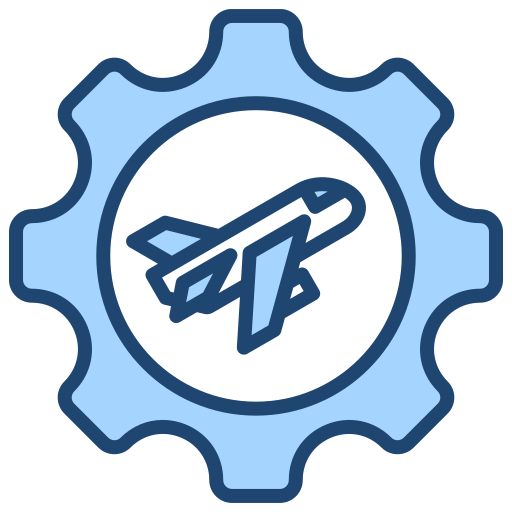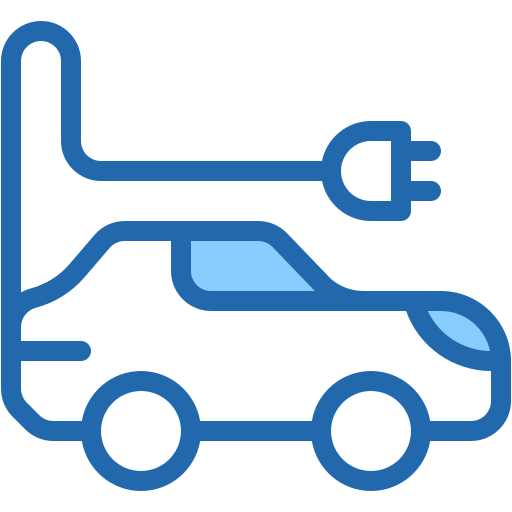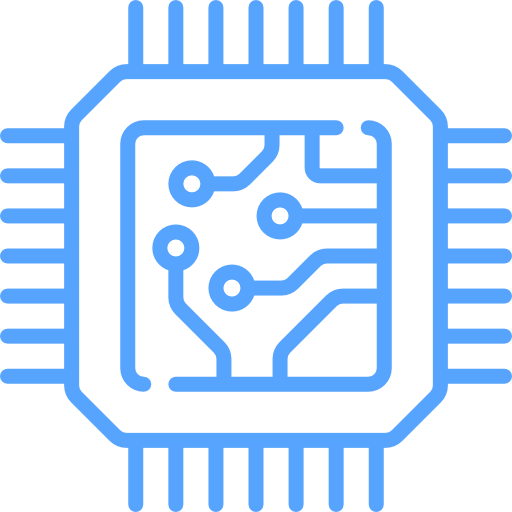Defense Unmanned Undersea Vehicle (UUV) Market To Reach $9,984.06 Million by 2032

A sophisticated briefing by Metastat Insight provides fresh insights into the global Defense Unmanned Undersea Vehicle (UUV) market, providing fresh insights for stakeholders with an interest in undersea operational innovation. This story is told through an expert voice informed by more than a decade of experience in strategic communications for defence technology. Observations arise from sober consideration of the newest trends, strategic changes, procurement patterns, and the changing interaction between national security imperatives and autonomous naval platforms. The introduction sets the stage by pointing out how this industry still garners attention from navies and institutions of research everywhere, advancing the envelope in undersea operations. Global Defense Unmanned Undersea Vehicle (UUV) market is forecast to $9,984.06 Million by 2032; at a CAGR of 10.8% during the period of 2025-2032. Government and Defense contractor attempts to project further out under the surface drive the development of capabilities that were previously exclusive to manned platforms.
These unmanned systems answer new types of threats in agile, unobtrusive ways, with the ability to conduct long-duration missions in distant areas without in-sea human presence. Such innovation is backed by advances in autonomy, sensor fusion, communication links, and modular payloads. Industry transition takes advantage of lessons from wider unmanned vehicle design, legacy program experiences being leveraged for underwater application. Platforms designed today show flexibility, capable of supporting various payload configurations like surveillance packages, environmental monitoring, oceanography instruments, and lower-profile weapons systems. Their capability ranges across both reconnaissance and defensive missions in service to maritime domain awareness, anti-submarine operations, mine counter-measure missions, and coastal defense. Operator confidence builds as dependability increases through repeated tests and deployment operations. Compelling sea trials are responsible for incremental achievements decreasing failure rates, increasing confidence in end users.
This encourages higher budgetary support, procurement agreements, and collaborative development between defence organizations and manufacturers. Synergistic research programs driven by combined efforts and allied partners enable to converge standards, supporting interoperability in multilateral operations. Mutual sync enhances coalition capacity and promotes joint logistics, training, and maintenance infrastructures. New alliances between seasoned defence prime contractors and disruptive startups inject new design thinking. Adaptable development methodologies and instant prototyping compress deployment cycles while keeping platforms flexible with evolving mission requirements. Environmental factors are informing new design specifications. Impetus for decreasing ecological footprint in training missions and operations drives the adoption of quieter propulsion systems, greener materials, and energy-conserving power solutions. Acoustic signature minimization and marine habitat protection are important considerations for designers.
Some of the innovations are bio-inspired hulls and energy-harvesting technology that minimize dependency on traditional batteries, enabling longer mission times with smaller environmental footprints. Producers tap into progress in marine renewable energy technologies to drive unmanned systems independently. Integration of renewable energy modules like wave or solar harvesting provides for sustained endurance of undersea assets on long-duration oceanographic or surveillance missions. Strategic value for these unmanned undersea platforms increases with geopolitical advancements. Sea-faring nations invest in projecting themselves further through platforms that can operate covertly close to disputed areas, gathering intelligence or serving as force multipliers stealthily. Submarine passages emerge as strategic routes for these unmanned systems, allowing nuanced but persistent surveillance, seabed mapping, and presence demonstration without visible footprint. In testing, they stay stationed in deep or shallow water with limited human intervention.
More complex mission packages test the limits of autonomy artificial intelligence and machine learning drive more intelligent decision loops that respond to mission environment and unpredictable underwater conditions. Sustainment and lifecycle management become defining issues. Maintenance procedures change to address long mission duration, corrosion management, and upgradeability through modularity. Remote diagnostics, predictive health monitoring, and condition-based maintenance minimize operational disruption. Modular standardized components enable simpler field maintenance and rapid upgrades, keeping platforms mission capable. The resilience of the supply chain is prioritized through redundant manufacturing capability and diversified sources to protect operations from disruption, authorized components, or geopolitical tensions.
Resilience begins to appear in cyber-security as well, with communications and control systems being continuously hardened. Encryption, intrusion detection, and secure data links inhibit hostile use of unmanned undersea assets. Training and interaction with the human-machine system become more advanced. Simulations allow people to rehearse remote piloting, mission planning, and response to anomalies in real-world-like conditions without compromising hardware. Virtual operator interfaces and augmented reality simplify decision-making, providing operators with intuitive mastery of autonomous behaviours while maintaining control and override functions.
These learning systems speed operator readiness and minimize the learning curve for new systems. Public opinion and media attention change as unmanned undersea vehicles cease to be science fiction and become operational mainstay. Symposia talks, defense magazine thought leadership articles, and demonstration success attract attention and build support for ongoing investment. Positive communications highlight contribution to maritime safety, environmental stewardship, and national security resilience. Positioning these platforms as contributors to communal safety and innovation leads to acceptance among policymakers, funding agencies, and public stakeholders.
The story keeps evolving. Designers regularly go back to performance targets incorporating learning from sea exercises, operational deployments, and enemy innovation. Multidisciplinary experts borrowing from robotics, sonar design, materials science, and energy technologies usher in new advances. Cross-domain interconnectivity, enabling communication among unmanned underwater vehicles, air vehicles, and surface ships, increases operational interdependence and situational awareness. Through its closing, the international Defence Unmanned Undersea Vehicle (UUV) market insight, initially compiled by Metastat Insight under a newly published overview, provides a multidimensional view of evolving undersea autonomy contours. Insights derived from operational experience, technological innovation, environmental responsibility, strategic needs, and man-machine partnership converge here in an energetic narrative informed by over a decade of defence communications storytelling. The conclusion then comes back to that opening overview, reiterating the way in which the metastat insight presentation lights up the present stance and possible direction of this area.
Drop us an email at:
inquiry@metastatinsight.com
Call us on:
+1 214 613 5758
+91 73850 57479
 Agriculture
Agriculture
 Aerospace and Defense
Aerospace and Defense
 Automation & Process Control
Automation & Process Control
 Automotive and Transportation
Automotive and Transportation
 Banking & Finance
Banking & Finance
 Biotechnology
Biotechnology
1.png) Chemicals and Materials
Chemicals and Materials
 Consumer Goods
Consumer Goods
 Energy and Power
Energy and Power
 Food and Beverages
Food and Beverages
 Healthcare IT
Healthcare IT
 Information & Communications
Information & Communications
 Manufacturing and Construction
Manufacturing and Construction
 Packaging
Packaging
 Pharmaceuticals
Pharmaceuticals
 Electronics and Semiconductor
Electronics and Semiconductor
 Medical Devices
Medical Devices







 US: +1 3023308252
US: +1 3023308252






